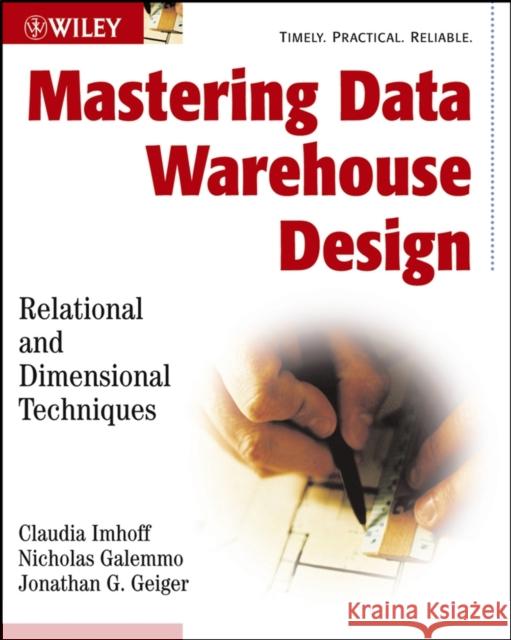Mastering Data Warehouse Design: Relational and Dimensional Techniques » książka
topmenu
Mastering Data Warehouse Design: Relational and Dimensional Techniques
ISBN-13: 9780471324218 / Angielski / Miękka / 2003 / 456 str.
- A cutting-edge response to Ralph Kimball's challenge to the data warehouse community that answers some tough questions about the effectiveness of the relational approach to data warehousing
- Written by one of the best-known exponents of the Bill Inmon approach to data warehousing
- Addresses head-on the tough issues raised by Kimball and explains how to choose the best modeling technique for solving common data warehouse design problems
- Weighs the pros and cons of relational vs. dimensional modeling techniques
- Focuses on tough modeling problems, including creating and maintaining keys and modeling calendars, hierarchies, transactions, and data quality











